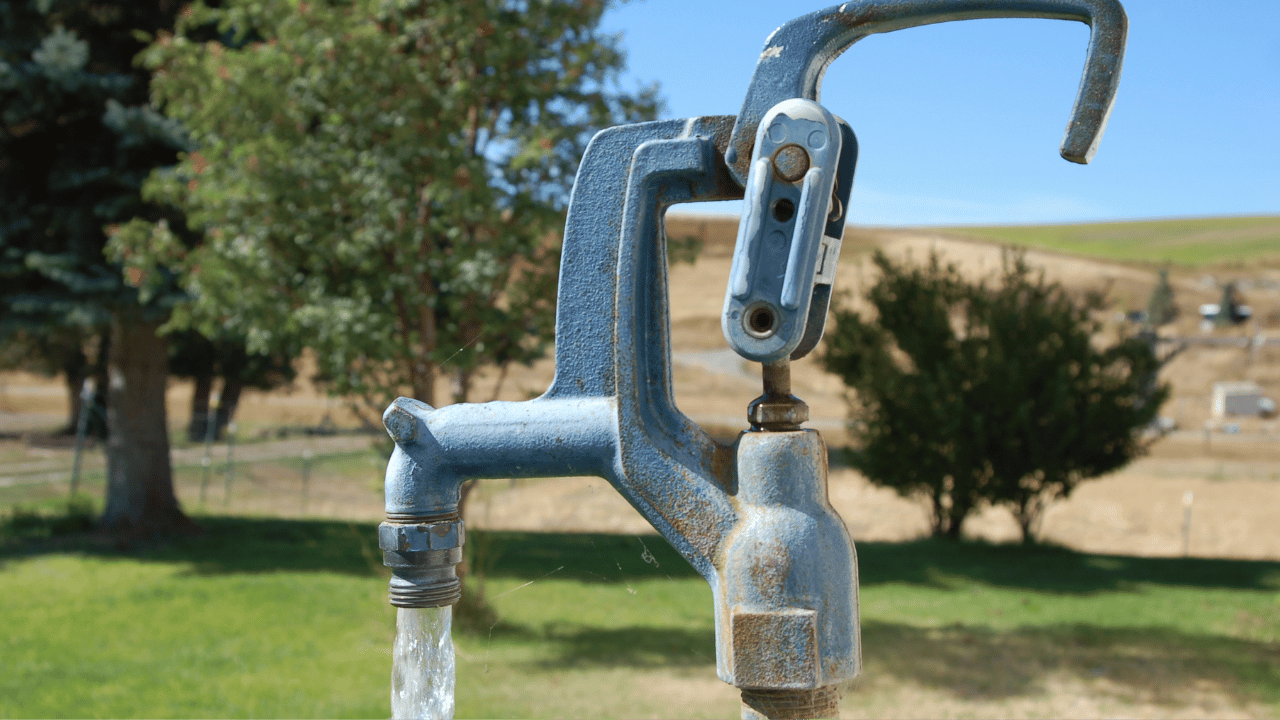Transform Your Water Quality with San Antonio's Top Well Water Softener
Experience the unparalleled efficiency of San Antonio’s finest well water softeners. With our state-of-the-art system, you can bid farewell to hard water inconveniences. Take the first step towards a healthier, cleaner home, and enjoy the luxury of pure, soft water. Your skin, hair, and appliances will thank you!
Best Well Water Softener
You might be facing the issue of hard water in your home, noticing the tell-tale signs of scaling on your appliances, spots on your dishes and perhaps even a change in the texture of your laundry. This is a common problem for those relying on well water. It’s time to equip your home with an effective solution – a well water softener. The best well water softeners are specially designed to tackle the high mineral content, typically calcium and magnesium, that makes your well water ‘hard’. However, with a plethora of options available in the market, it can be challenging to select the optimum one. This guide aims to provide comprehensive insights to assist you in making an informed decision.
Unlocking the Perfect Choice: How to Select the Best Well Water Softener for Your Unique Needs

You are in pursuit of better water quality, aren’t you? The hard water from your well is causing havoc with your pipes, appliances, skin, and hair. But, have no fear – a well-water softener stands ready to remedy your hard water issues. The real challenge lies in finding the perfect fit for your unique needs. Let’s navigate this journey together.
Understanding Your Hardness Level
First things first, you need to identify the hardness level of your water. The hardness level, expressed in grains per gallon (gpg), is a critical piece of information that will guide your choice. You can determine this using a water test kit or by having a professional assessment. In general, anything over 10.5 gpg is considered hard water and requires a softener.
Know Your Daily Usage
To choose the best well water softener, you need to understand your household’s daily water consumption. Multiply the number of people in your residence by an estimated 75 gallons (the average amount of water used per person per day). This number will help you determine the size of the water softener your household requires.
Choose the Correct Type
There are different types of water softeners — Salt-based, Salt-free, and Magnetic. Salt-based softeners, the most common type, replace hard water minerals with sodium. Salt-free softeners instead neutralize these hard water minerals. Magnetic softeners, a newcomer, use a magnetic field to alter the behavior of the minerals in the water. Your choice will depend on your budget, health considerations, and personal preference.
Consider the Regeneration Mode
Water softeners regenerate to flush out the hard minerals and resume softening. Some models do this based on a timer, some on actual water usage, and others use a meter-based system. While the timer-based models are more affordable, they may not be as efficient or eco-friendly as the other two.
Factor in the Installation and Maintenance Costs
Don’t overlook the hidden costs. Some water softeners may require professional installation and ongoing maintenance. Make sure you know what you’re getting into before you make your purchase.
Reviews and Ratings
Finally, do your research. Read reviews and ratings of the models you’re considering. Look at the feedback from other consumers who have similar water needs as yours. This can provide valuable insights into the product’s performance and lifespan.
In conclusion, choosing the best well water softener requires a clear understanding of your water hardness level, daily water usage, preferred softener type, regeneration mode, and associated costs. By making an informed decision, you can enjoy the benefits of softer water and avoid the damaging effects of hard water. Now, it’s time to dive in and find the perfect well water softener for your needs.
Break Free from Hard Water Hassles with San Antonio's Premier Well Water Softener
Don’t let troubling hard water issues disrupt your daily routine. With San Antonio’s leading well water softener, you can bid adieu to mineral stains, skin irritations, and appliance damage. Embrace the freedom of soft water and taste the difference that top-quality water can bring to your life. Remember, the perfect solution to your hard water troubles is just a call away.
Unlock the Secrets to Picking Your Perfect Well Water Softener Service Provider

You might be perplexed by the sheer number of professional well water softener services available on the market. With so many options, how do you identify the perfect provider to cater to your needs? It certainly is no picnic, but with the following expert tips, you’ll soon become a master at navigating and choosing the best well water softener service provider.
Know Your Needs
The first step in selecting a service provider is understanding your requirements. Do you need a whole-house softening system, or a point-of-use system? How hard is your well water? Having a clear insight into your needs will help you in selecting the right service provider who can cater to your specific needs effectively.
Research
The internet is your best friend when selecting a service provider. Check out customer reviews, ratings, and the company’s track record. This can give you a sense of their reliability and quality of service.
Professional Certification
Always choose a service provider with professional certification. This guarantees that they are trained, skilled, and conversant with all the necessary regulations and standards. It assures you that the services you’ll be receiving are up to par with the industry standards.
Experience
The more experience a service provider has, the more likely they are to provide high-quality service. An experienced provider has dealt with various scenarios and has a proven track record of solving problems similar to yours.
Quality of Equipment
The efficiency of a water softener largely depends on the quality of the equipment used. Ensure your service provider uses high-quality, efficient, and durable equipment.
Customer Service
A good well water softener service provider should be able to provide excellent customer service. They should be able to answer your questions promptly, clearly, and respectfully.
Costs
Opt for a service provider who offers high-quality services at an affordable price. Remember, expensive doesn’t always mean better. Compare the costs of different service providers and choose one that gives you the best value for your money.
Contract
Ensure you thoroughly understand the contract before signing. It should clearly define what the service entails, the costs, and the terms of service.
Remember, choosing a well water softener service provider is not something to be rushed. It might take a bit of time, effort, and research, but the end result is undoubtedly worth it. By following these tips, you will be well on your way to securing the right professional well water softener service provider who’ll ensure you get your money’s worth.
Now that you’re equipped with a thorough understanding of the best well water softeners, we trust that choosing the right fit for your home will no longer seem like a daunting task. Remember, the key factors to consider are the hardness level of your water, the size of your household, and the softener’s efficiency. While the best well water softener will free you from the troubles of hard water, it’s also essential to maintain the system effectively for long-lasting results. Consequently, you can enjoy the benefits of soft water such as extended appliance life, cleaner dishes, softer clothes, and most importantly, healthier skin and hair. Your journey towards a healthy and efficient home begins with the right choice of a well water softener.
Unlock the Serenity of Pure Water with San Antonio’s Finest Well Water Softener – Request a Free Estimate Today
Please use the form below to request a free estimate and we’ll be back in touch with you as soon as possible. Alternatively you can give us a call at (210) 960-2555 for immediate Pricing and scheduling.


